What are Short-Length PCU's?
A product we design and manufacture at Fibron – that you might not have heard of – are Short-length PCUs (Pipeline Control Umbilicals), also known as tie-backs or subsea jumpers. These are special cables or hoses to connect subsea production equipment to the primary subsea production system. They are mostly used in tie-back systems, which connect new subsea wells to an existing production infrastructure.
The tie-back umbilicals are used to transmit power, control and communication signals between subsea production equipment and the primary subsea production system. Multiple components make up these systems, including electrical conductors, hydraulic hoses and fibre optic cables.
The umbilicals are designed to be very strong, in order to withstand harsh conditions present in a subsea environment. High pressures, extreme temperatures and corrosive fluids are some of the conditions. Made from high-strength materials such as steel or composite materials, Fibron umbilicals are coated with specialised insulation and protection layers to ensure their durability and reliability.
The tie-back umbilicals are installed by ROVs (Remotely Operated Vehicles) and connected to the subsea production equipment using specialised connectors. They are used to transmit control signals to the subsea production equipment, enabling remote operation and control.
Components of Short-Length PCU's
[us_separator size="custom" height="0.5rem"]A Power Cable
This cable carries electrical power from the surface facility to the PCU.
A Control Cable
This cable carries control signals from the surface facility to the PCU.
A Data Cable
This cable carries data signals from the PCU to the surface facility.
A Hydraulic Hose
This hose carries hydraulic fluid from the surface facility to the PCU.
A Messenger Cable
This cable is used to support the other cables and hoses.
Conclusion
[us_separator size="custom" height="0.5rem"]Short-Length PCU's are vital in subsea oil and gas field development, as they allow for the connection of new subsea wells to existing production infrastructure, facilitating efficient and reliable oil and gas production from offshore reserves. They are critical in the development of subsea oil and gas fields.
Subsea Wells
A subsea well refers to a well that is drilled and completed beneath the seabed. It is predominantly utilized in deepwater applications where traditional surface wellheads are not feasible due to water depth limitations. Although subsea wells are more complex and expensive to drill and complete, they offer several benefits such as:
Reduced Environmental Impact
As they do not require the construction of extensive surface infrastructure, subsea wells have a lesser impact on the environment.
Increased Production
Subsea wells are capable of being drilled in multiple directions, allowing for the production of oil and gas from a broader area than traditional surface wells.
Improved Safety
Since subsea wells are located away from populated areas, the risk of oil spills or other accidents is significantly reduced.
Subsea wells are a critical aspect of the oil and gas industry, enabling the production of oil and gas from deepwater reservoirs that would otherwise be inaccessible.
Umbilicals for Subsea Wells
[us_separator size="custom" height="0.5rem"]Fibron subsea well umbilicals are cables or hoses used to provide power, control and communication signals to subsea wellheads and associated equipment. They are a crucial component of subsea production systems, enabling remote operation and control of the subsea wells and facilitating the safe and efficient production of oil and gas from offshore reservoirs.
The umbilicals for subsea wells are made up of multiple components, including electrical conductors, hydraulic hoses and fibre optic cables. They are made from high-strength materials such as steel or composite materials, and are coated with specialised insulation and protection layers to ensure their durability and reliability in the harsh subsea conditions.
The umbilicals are used to transmit power and control signals from the production platform to the subsea wellhead and associated equipment, such as control valves, sensors, and monitoring systems. They are also used to transmit data and communication signals, enabling real-time monitoring and control of the production system.
Umbilicals for subsea wells can also be used to provide fluid injection, hydraulic power and chemical injection to the subsea wellhead and associated equipment, allowing for remote operation and control of the production system.
Benefits of Umbilicals for Subsea Wells
[us_separator size="custom" height="0.5rem"]Improved Safety
Umbilicals can help to prevent the release of hazardous materials in the event of a leak or other emergency.
Increased Efficiency
Umbilicals can help to improve the efficiency of oil and gas production by allowing for the remote control of subsea wells.
Reduced Costs
Umbilicals can help to reduce the costs of oil and gas production by preventing the need for costly repairs or shutdowns.
Umbilicals for subsea wells are essential components of subsea production systems, as they enable the safe and efficient production of oil and gas from offshore reservoirs. By delivering power, control and communication signals to the subsea wellhead and associated equipment, they allow for remote operation and control of the production system. They play a vital role in the functioning of subsea production systems.
Talk to our experts today to discuss your requirements.






